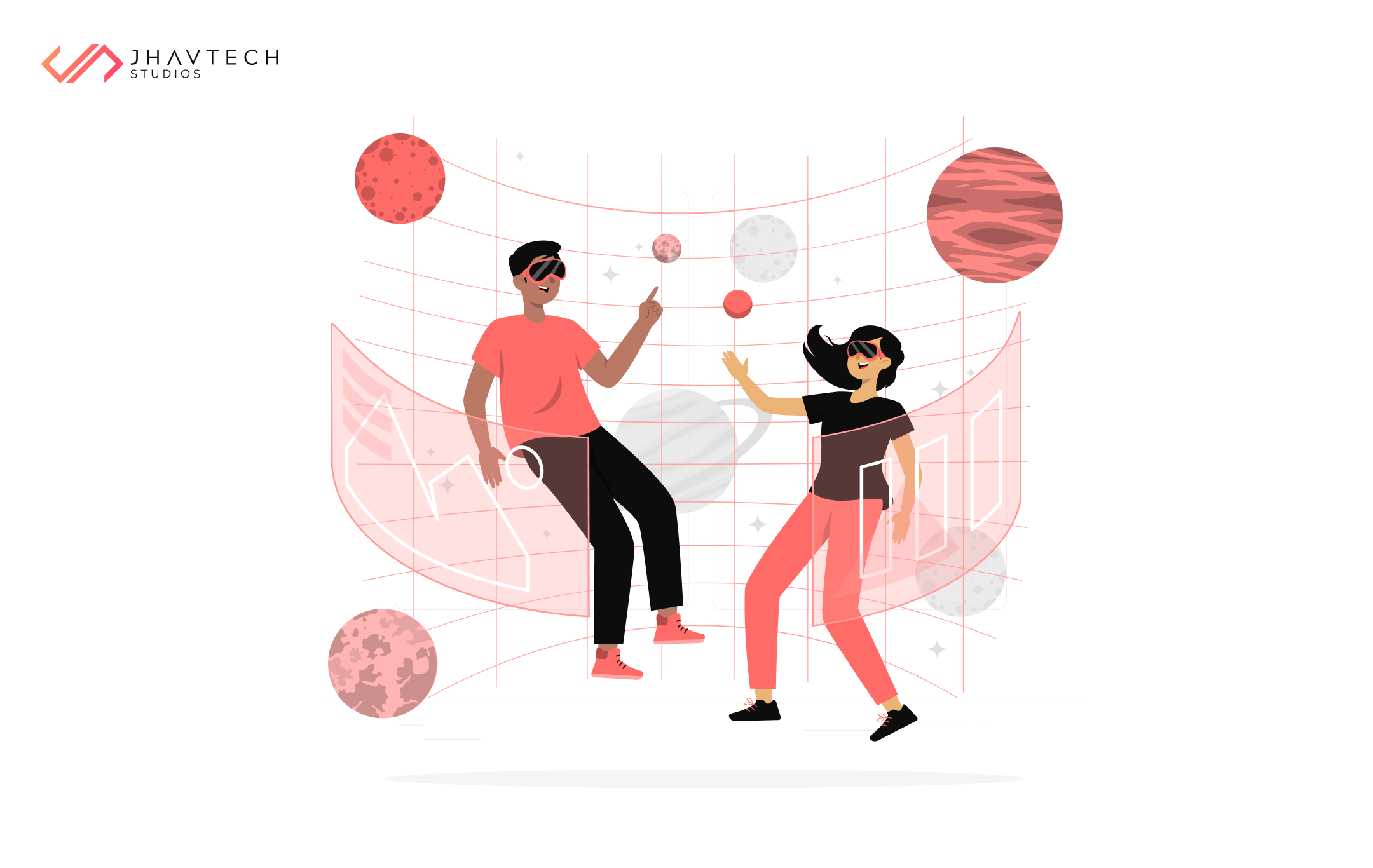Top 10 UI/UX Design Trends to Watch Out for in 2025

User Interface (UI) and User Experience (UX) design trends are consistently evolving to meet user preferences and technological advancements. UX encompasses various elements of branding, design, features, and usability, commencing long before target users access the application.
UI is a component of UX, focusing on how easily accessible and user-friendly an app is. It’s about delivering the best possible experience to end users.
Staying relevant, valuable, and in-demand requires being vigilant about your UI/UX designs. As of 2024, there are over 9 million mobile apps in the world. Your app needs to stand out in this vast marketplace.
Research shows that design is crucial for creating positive first impressions. Visual appeal and ease of use are significant factors in user interaction with digital products. Your team must therefore create designs that establish an exceptional online presence.
With nearly 20 years of experience in web and mobile app design, we at Jhavtech Studios know how to maximise UI/UX trends to design visually pleasing digital products for any industry. Here are our top picks for UI/UX design trends to look out for in 2025:
1. Advanced Personalisation
Personalisation has taken a leap forward with the use of AI and machine learning. Apps can now offer personalised experiences based on user behavior, preferences, and historical data. This trend enhances user engagement and satisfaction by delivering content and features tailored to individual needs.
AI and Machine Learning
By analysing vast amounts of data, AI algorithms can predict user preferences and behavior, offering personalised recommendations, notifications, and content.
Enhanced User Engagement
Studies show that personalised experiences can increase user engagement by up to 70%, as users feel more connected to the app.
Improved Satisfaction
Personalisation helps in reducing churn rates by ensuring users find relevant content, thus enhancing their overall satisfaction.
E-commerce Applications
Personalisation in e-commerce apps can lead to a significant increase in conversion rates, as users are more likely to purchase products that are recommended based on their previous interactions.
This is crucial for UI and UX design in creating unique experiences for users, ensuring they feel valued and understood by the app.
2. Voice-Activated Interfaces
Voice user interfaces (VUIs) are becoming more sophisticated and widely adopted. With improvements in natural language processing, voice-activated features are enhancing user interactions, making apps more accessible and efficient, especially for hands-free operations.
Natural Language Processing
Advancements in NLP have made it possible for voice assistants to understand and process complex commands, making them more effective.
Accessibility
Voice interfaces make apps more accessible to users with disabilities, providing an inclusive experience.
Efficiency
Voice commands can speed up interactions, allowing users to perform tasks quickly without navigating through multiple screens.
Adoption Rates
Reports indicate that by 2025, over 55% of households will own a smart speaker, highlighting the growing acceptance of voice-activated technology.
This is an essential aspect of modern mobile app design and development, offering a seamless and intuitive user experience.

3. Neumorphism
Neumorphism combines the simplicity of flat design with a dimensional makeover. Through the smart use of shadows and highlights, neumorphism makes UI elements stand out, providing a life-like and tactile experience.
Visual Appeal
Neumorphism creates a soft, extruded plastic look, making buttons and cards appear more tactile and realistic.
User Interaction
The tactile design elements can enhance user interaction by making the interface more engaging and visually appealing.
Applications
Neumorphism is particularly effective in creating visually rich dashboards, forms, and control panels.
Adoption
While still emerging, neumorphism is gaining traction, especially in design communities, for its innovative approach to interface design.
This trend is gaining popularity and is expected to be a significant design trend in 2025. It plays a significant role in mobile app UX design, making interfaces more engaging.
4. Microinteractions
Microinteractions, used by tech giants like Facebook and Instagram, enhance user engagement and provide valuable feedback. They make navigation easier, integrate more features, and animate transitions, significantly boosting user experience.
Enhanced Feedback
Microinteractions provide immediate feedback to users, making the interface feel more responsive and intuitive.
User Engagement
Small animations and interactive elements can significantly increase user engagement by making the app more interactive.
Improved Usability
By guiding users through tasks and providing subtle cues, microinteractions can improve the overall usability of the app.
Common examples include like buttons, loading animations, and swipe actions, which add a layer of interactivity to the app.
Incorporating microinteractions is crucial for UI UX design to create a dynamic user interface, ensuring that users remain engaged and satisfied.
5. Augmented Reality (AR) and Virtual Reality (VR)
AR and VR designs are increasingly popular due to their interactive features. They eliminate boundaries between the real and imaginary world, creating a stunning visual experience. AR simplifies and will become an everyday reality in 2025, with applications in e-commerce, online banking, e-health, and more.
Immersive Experiences
AR and VR can create immersive experiences, allowing users to interact with virtual objects in a real-world context.
E-commerce Applications
Virtual try-ons and AR product visualisation can enhance the online shopping experience, reducing return rates and increasing customer satisfaction.
Educational Tools
AR and VR are being used in education to create interactive learning experiences, making complex subjects easier to understand.
Healthcare Applications
AR and VR can assist in medical training and patient care, providing virtual simulations and real-time guidance.
These technologies are pivotal in modern UI design, enhancing the user interface design with immersive experiences.

6. Sustainable Design
As environmental concerns grow, sustainable design practices are becoming more prevalent. This includes using energy-efficient design elements, reducing digital waste, and promoting eco-friendly habits through app functionalities.
Energy Efficiency
Sustainable design focuses on reducing the energy consumption of apps, and optimising performance while minimising resource usage.
Digital Waste Reduction
By designing leaner apps with fewer unnecessary features, developers can reduce their digital footprint and improve overall efficiency.
Eco-Friendly Practices
Apps can promote eco-friendly habits by encouraging users to reduce their carbon footprint through various functionalities.
Consumer Demand
A survey found that 72% of consumers prefer to support brands that are environmentally responsible, highlighting the importance of sustainable design.
Sustainable design not only benefits the planet but also appeals to environmentally conscious users. This trend is important for both website interface design and mobile app UX design.
7. 3D and Immersive Design
Advancements in mobile hardware capacity allow for the integration of 3D elements without compromising performance. 3D graphics present products in a compelling, interactive manner, improving overall UX.
Compelling Visuals
3D elements can create stunning visuals, making the interface more engaging and interactive.
Product Visualisation
3D models allow users to view products from all angles, enhancing the online shopping experience.
Interactive Interfaces
3D graphics can make interfaces more interactive, providing a richer user experience.
Adoption
As hardware capabilities improve, more businesses are expected to adopt 3D elements in their apps, providing a competitive edge.
Expect more businesses to utilise 3D models to simulate in-store shopping experiences and enhance their UI app design.
8. Passwordless Authentication
Passwordless login methods, such as biometric authentication and one-time passwords, are becoming more popular in the app development industry. Face ID and other authentication technologies offer precise, one-click authentication, making the traditional login method obsolete.
Security
Biometric authentication provides a higher level of security compared to traditional passwords, reducing the risk of breaches.
Convenience
Passwordless login methods simplify the user experience, eliminating the need to remember complex passwords.
Adoption Rates
A study found that 60% of consumers prefer biometric authentication over traditional passwords, indicating a shift towards passwordless methods.
Technological Advancements
With advancements in facial recognition and fingerprint scanning, passwordless authentication is becoming more reliable and widely adopted.
This trend is expected to continue growing in 2025. It’s an important consideration when getting into UX design, ensuring a secure and user-friendly experience.

9. Super Apps
Super apps consolidate multiple services into a single application, providing a seamless user experience. This trend is particularly popular in Asia and is expanding globally.
Convenience
Super apps offer a one-stop solution for various needs, from messaging and shopping to payments and social networking.
User Engagement
By integrating multiple services, super apps can keep users engaged for longer periods, providing a comprehensive user experience.
Market Growth
The super app market is expected to grow significantly, with projections estimating a market size of $2.3 trillion by 2025.
Popular examples include WeChat, which combines social media, payments, and various services, and Gojek, which offers ride-hailing, food delivery, and financial services.
Super apps offer convenience by integrating various functionalities into one cohesive platform. This trend is revolutionising web and mobile interface design by offering an all-in-one solution.
10. Health and Wellness Features
With an increasing focus on health and wellness, apps are integrating features that promote physical and mental well-being. This includes functionalities like activity tracking, meditation guides, sleep monitoring, and more.
Health Tracking
Wearable devices and health apps can track various health metrics, providing users with valuable insights into their physical well-being.
Mental Wellness
Apps offering meditation guides, stress management techniques, and mental health resources are becoming more popular.
User Demand
The global wellness market is projected to reach $6 trillion by 2025, highlighting the growing demand for health-oriented applications.
Integration
Health and wellness features can be integrated into various types of apps, from fitness and nutrition to lifestyle and mental health.
These features are becoming essential in mobile app UX design, catering to the growing demand for health-oriented applications.
Key Takeaways:
The UI/UX design trends of 2025 aim to make app usage more engaging, pleasing, and pleasurable. Apps have evolved into pocket-sized companions that people enjoy spending time with. Designers recognise this and strive to create user-friendly, fun, and enticing app designs.
To stay updated with the latest trends and seize the advantage, get in touch with our team. If you need assistance in designing and developing your mobile app, we’re here to help. Contact us today for a no-obligation quote.
.svg)

